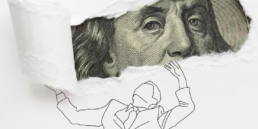Most people can’t swallow that title whole. You’re probably thinking that we don’t need a new dog food, or we don’t need another toothpaste. Or another handbag. Or car. And you’d be right – partially. We don’t need a new product, but what we do need is what it represents – the creation of desire where there is none.
But what made you try it in the first place? Advertising (mostly).
The popular impression of advertising is that it not only forces people to consume, but it forces them to consume things they don’t want. It’s double bad.

Persuasion and enjoyment are vital components of moving swiftly to a sustainable world.
It’s entirely within the advertising community’s gift to
give a new-found love of walking short distances instead of driving. Something a government could only challenge using the unsophisticated levers of legislation or taxation.
“Sustainable development is seeking to meet the needs of the present without compromising those of [the] future … We have to… learn to live sustainably.”
United Nations
Is ‘learning to live sustainably’ a tough brief? Yes. Is it any harder than persuading people to change their bank? No. (People get divorced more frequently than they change banks.)
“There are two ways to improve a product: change its material properties or change the way consumers respond to it. Advertising works in the second way. In many cases it is fantastically successful.”
FT.com, Spread the word about the benefits of advertising, Jamie Whyte, June 26 2007
The ‘problem’ with advertising is that it creates desire where there is none. But it’s the ability to create desire where there is none that could be our saving grace when it comes to persuading people to use less water to wash, or to walk instead of driving.
Governments, are you listening?
Recently we’ve written about persuading consumers to respond differently to existing products, processes, and services. You might like to follow up this article with any or all of these:
10 words that can save 7 trillion gallons of water
Your daily routine is defined socially – so why should I appeal to you as an individual?
For more on this speak with us, or have a look at our capabilities
Also, as co-founders and supporters of the London Behavioural Economics Network, join the Meetup group and Facebook group for more details and events
Related Posts
August 13, 2023
Money (but not called that, and how it changes behaviour).
Advertising agencies make a lot of…
August 1, 2023
Reading ease is not as easy as all that – comprehension shows the way
It's easy to make text readable, right?…
July 20, 2023
The ‘Hollywood hello’ – and the importance of context when communicating
When communicating we all like to be as…
1 Comment
Add comment Cancel reply
This site uses Akismet to reduce spam. Learn how your comment data is processed.





[…] can be an agency. As Oliver Payne says: “The ‘problem’ with advertising is that it creates desire where there is none. But it’s […]